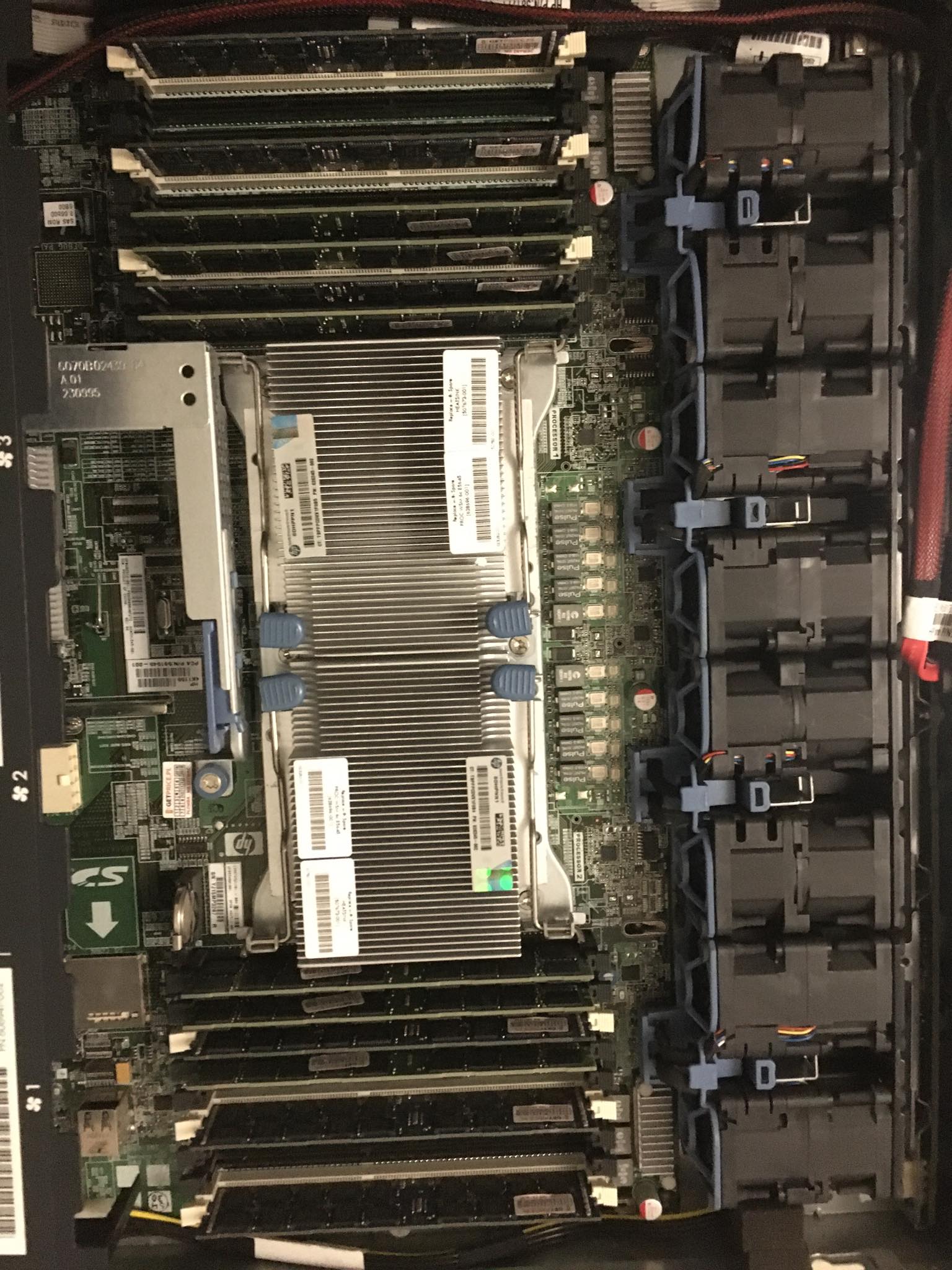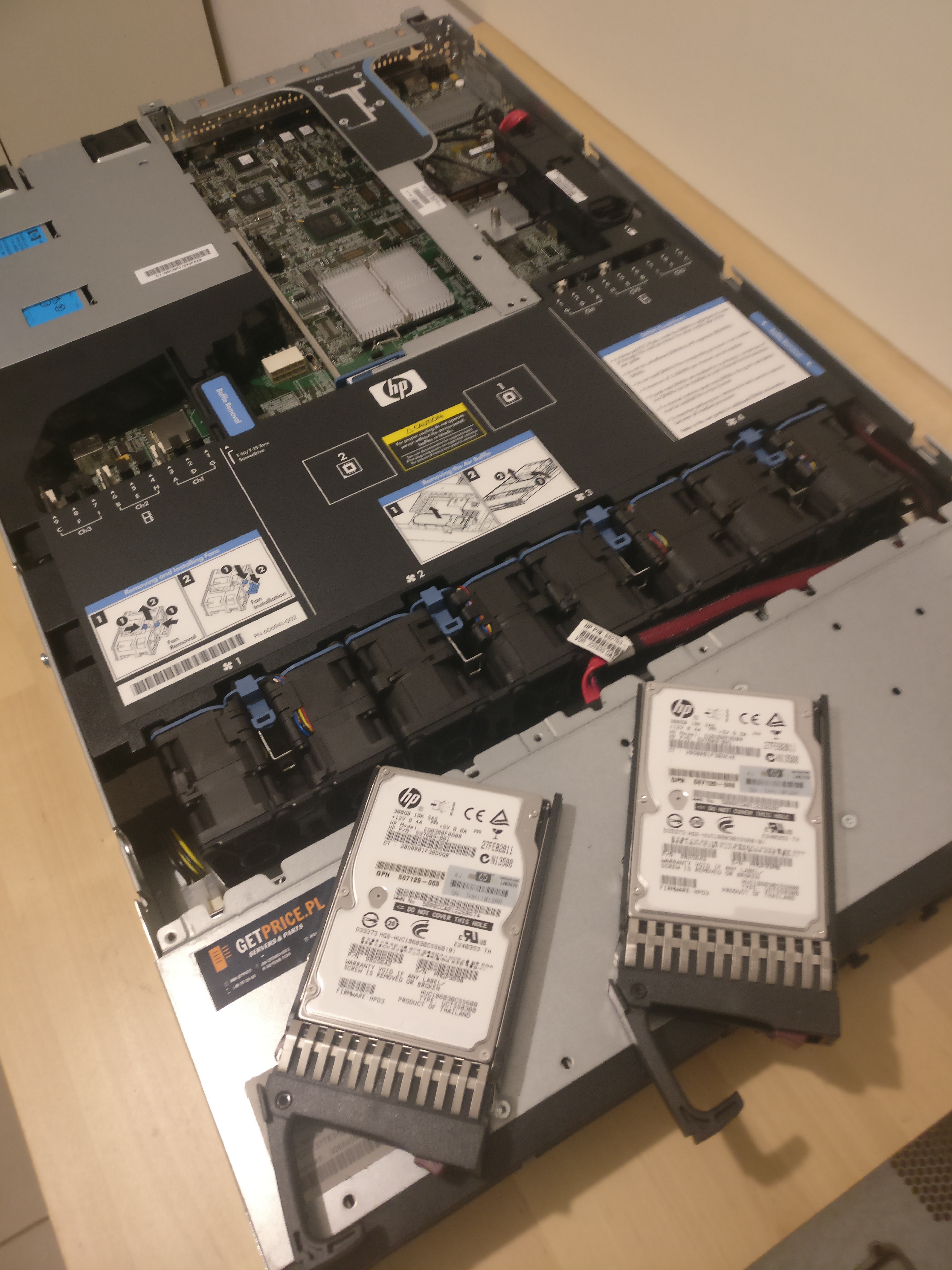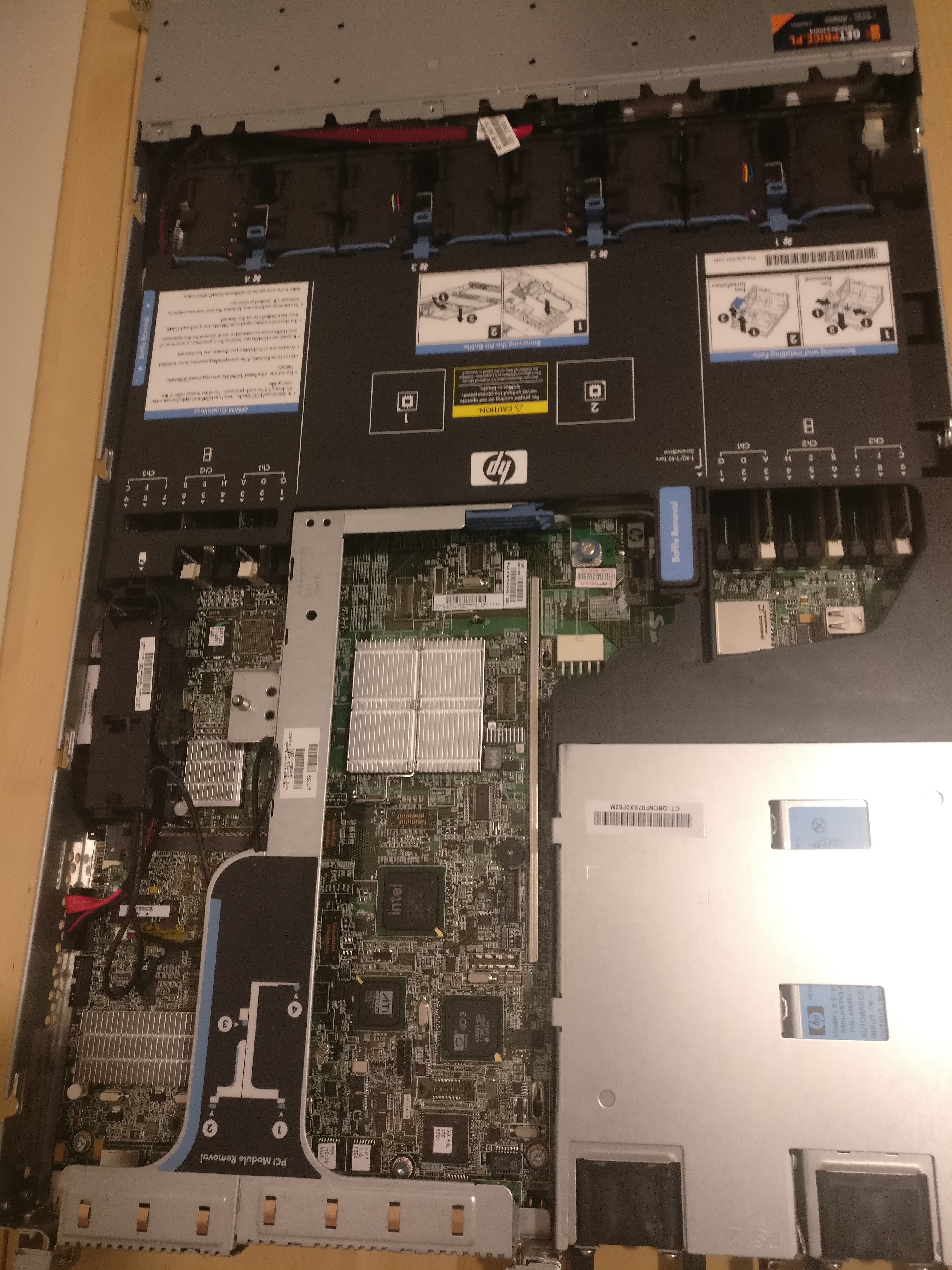Home lab - server. Part one
A few years ago, I decided to buy a server, mainly to test certain solutions and work on a specific project. It was an interesting challenge for me because I wanted the ability to test a production-like environment locally, which would give me greater control over the processes and allow me to safely experiment with different configurations and technologies.
However, the server remained unused for a long time, as it ultimately wasn’t necessary for its originally intended purpose. Returning to it was put off for later, but I never fully abandoned the idea of using it in the future.
Recently, I found the time to dust it off and bring it back to life. The process of restarting and configuring it was somewhat complex since, after such a long period, I had to reacquaint myself with all the settings and update the software to the latest versions. Nevertheless, the experience proved very satisfying, and diving back into server configuration rekindled my enjoyment of experimenting and working with new technologies.
In the near future, I plan to use this server for new projects and testing, including setting up CI/CD environments and testing applications in various network configurations. Below, I’ve included some photos showing what the server looks like inside—I hope they add an interesting touch to my story.
Conclusion
Although in today’s world, most services are simply offered in the cloud, which is both easier and more convenient to use, from time to time, a solution that can be deployed on one’s own server, on-premise, proves to be better in many respects.
My site is free of ads and trackers. Was this post helpful to you? Why not
Reference:
Disqus is great for comments/feedback but I had no idea it came with these gaudy ads.




